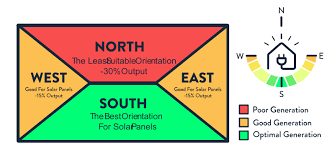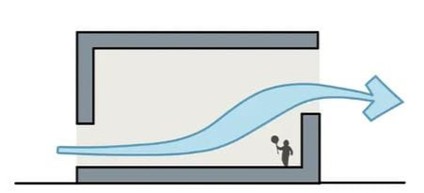pre atd
1/24
There's no tags or description
Looks like no tags are added yet.
Name | Mastery | Learn | Test | Matching | Spaced |
|---|
No study sessions yet.
25 Terms
Prevailing Winds
Amihan (Northeast Monsoon) and Habagat (Southwest Monsoon)
Amihan
Cold and Low Velocity Wind (Winter Monsoon)
October to April
Month range of Amihan
Northeast
Direction of Winter Monsoon (Amihan)
The positive (+) zone
Trade Winds
Constant winds (present throughout the year)
They are Easterly winds (winds coming from the east)
Habagat
Hot and Humid, and High Velocity Wind (Summer Monsoon)
It comes along with rain (Tagulan and Typhoons)
May to September
Month range of Habagat
Southwest
Direction of summer monsoon (Habagat)
The negative (-) zone
Trees
Wind breakers, a solution to break wind from typhoons caused by Habagat
Amihan
desirable wind for buildings
Habagat
undesirable wind and should be avoided in buildings
6:1
Ratio of roofing
West-East
Best orientation of roofing

Windward
Positive Zone (+), where the wind enters or originates
Leeward
Negative Zone (-), where the wind exits
High Pressure to Low Pressure
What happens to wind pressure if wind enters (Windward) a building (Leeward)
Windward to Leeward
Flow of Wind: From positive zone to negative zone
Awning Windows
Best window considering Tropical Design
Casement Windows
If wind is sideways, wind cannot enter this type of window because it is only open upfront
Least resistance
Wind flows through areas with what?
Screens
They offer wind resistance. Remove for Stronger wind current
Lower and Higher
Ideally, Windows in windward should be _____ and ______ on Leeward. (Hot air rises)

above and below
Hot air is always _____ and cold air stays ______
Materials Recovery Facility
MRF
Habagat (Southwest Monsoon)
MRF is an exception, it needs this type of wind